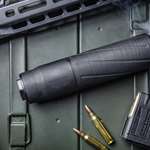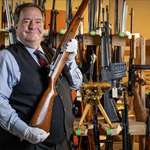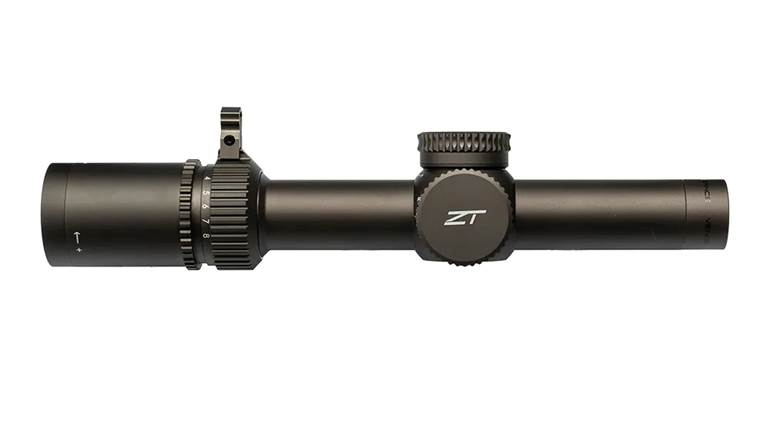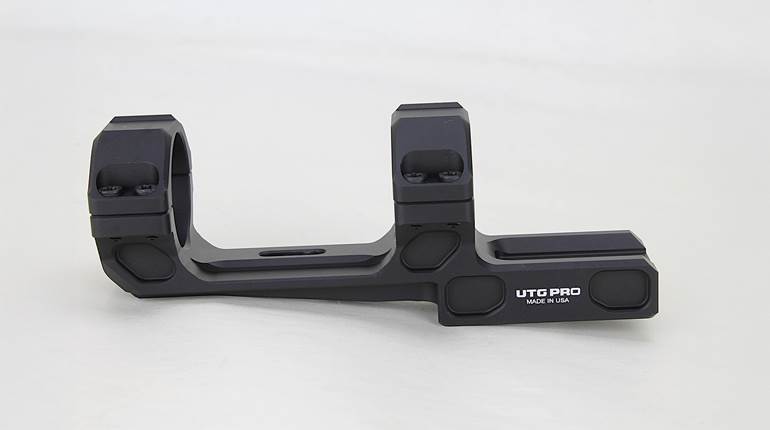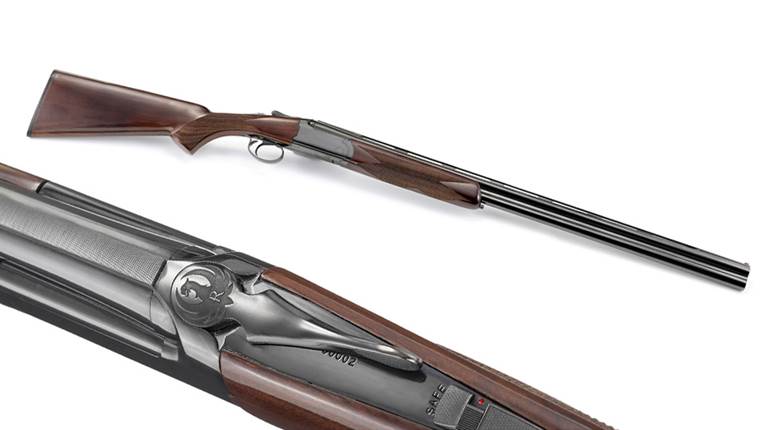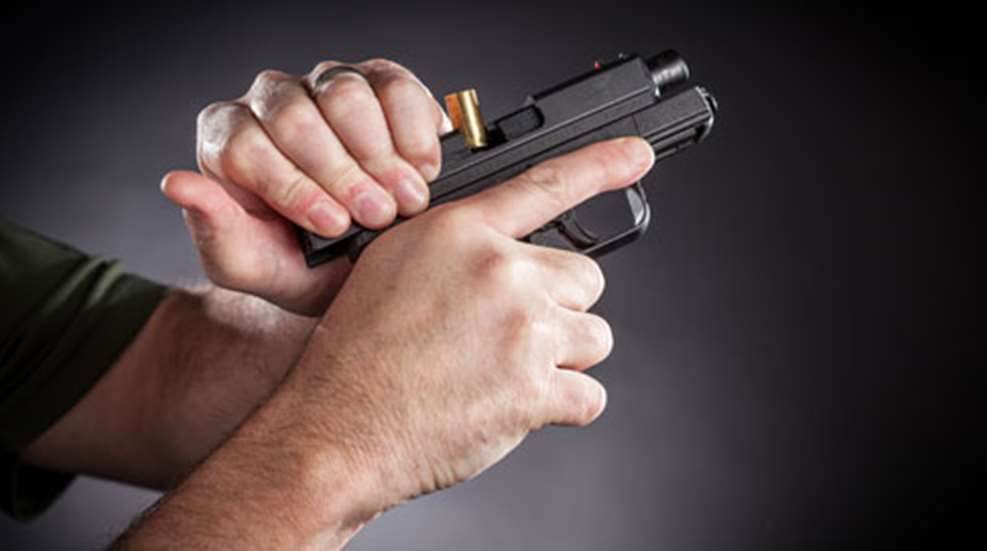
The primary concern when using firearms, regardless of application, is safety. In defensive purposes there should also be efficiency. To operate a semi-auto pistol, shooters must know how to load/unload, check its condition, reload an empty gun and clear malfunctions.
The key to operating a pistol properly is consistency. Correct technique ensures predictable results, such as safety and efficiency. Straying from proper technique opens the door for trouble. It’s the small details, such as always maintaining a proper grip on your handgun, that make big differences.
In all situations, the pistol should stay in the shooting hand. Be sure to use a proper grip and point the muzzle in a safe direction with your finger clear of the trigger guard. This allows you to operate the pistol’s controls, such as safety or de-cocking levers and magazine release. If for some reason you transfer the pistol to your support hand, you should still use the correct grip. Using an improper grip can lead to the muzzle pointing in an unsafe direction or a finger ending up on the trigger. Consistency ensures safety.
Manipulations are split into two categories-administrative and functional. Loading, unloading and checking the status of a pistol are administrative actions. Functional manipulations keep the pistol running, and include reloading and clearing malfunctions. During all manipulations the trigger finger is off the trigger and clear of the trigger guard.
A lot of people take loading, unloading or checking the pistol’s status for granted, but these are very important skills. These actions must to be performed safely, plus they are the foundation for all other manipulations. Once you learn to load and unload you have all the skills required to reload and perform malfunction clearances.
To load, extend the pistol out in front of you with the muzzle pointing downward in a “low-ready” position. The support hand acquires the magazine with the index finger aligned along the front with the tip touching the top round. With a finger on the top round you can physically confirm it is a loaded magazine and that the top round is in position. If the round is sticking partially out, which would prevent you from inserting and seating the magazine into the pistol, the finger either pushes it back in or flips it out of the way. The basepad of the magazine should be against the heel of the hand so you can aggressively seat it into the pistol’s magazine well. Then, bring the magazine up to the pistol and index the back of the magazine against the back of the pistol’s magazine well. This is a positive index that you can feel, and it’s far easier than trying to stick the magazine in straight. Once you hit the index, align the magazine and seat it into the pistol firmly with the heel of the hand. Finally, cycle the slide aggressively by grasping the slide between the fingertips and heel of the hand in a C-clamp grip, making sure not to cover or block the ejection port.
Step one of unloading is to remove the magazine. One way to hold the magazine is by placing it in the pinky finger of the primary hand. This frees up the support hand to cycle the slide, and provides instant access, which comes into play when clearing malfunctions in a lethal encounter. Cycle the slide aggressively three times. Three times is the magic number, and again comes into play for malfunctions. The final step is a press-check to confirm the chamber is clear.
Even with pistols that have a loaded chamber indicator I perform a “press-check” to ensure a round is chambered by pressing the slide slightly to the rear. I grab the slide, then slip my hand forward, putting the thumb on the rear serrations for extra grip, and crack it open to visually inspect the chamber. You can also bring the support hand under the pistol, pinching the slide between thumb and first finger, and press it rearward. After the press-check engage the safety or de-cock if required. Finally, especially for self-defense use, top off the magazine by replacing the round you just put into the chamber.
The sequence to load/unload or run a system-check always begins with the magazine-inserting, removing-and ends by checking the chamber. Maintaining this sequence reduces your chances of making a mistake. Remember, consistency is the key. Consistency is also critical to operating the pistol’s safety or de-cocking device.
With most pistols the slide will lock open when the last round is fired, letting you know it’s time to reload. Step one is to get your finger off the trigger and clear of the trigger guard. For defensive applications keep the pistol up and on target during functional manipulations. This allows you to maintain visual contact with the threat, see your handgun and cuts out wasted, unnecessary motion, which makes you more efficient. Press the mag release. On most pistols the magazine will drop free but with some it may be necessary for the support hand to strip the magazine out. For defensive applications that magazine is empty and useless so we drop it to the ground.
The support hand acquires and seats the fresh magazine. Once the magazine is seated, chamber a round by cycling the slide aggressively. Do not use the slide lock as a release unless your pistol specifically recommends this method. First, it’s a slide lock, not a release. Also, cycling the action brings it back that extra distance that ensures it slams into battery under full spring pressure. For defensive situations, when you’re under stress, that slide lock can be difficult to find. Also, some pistols don’t have an external lock, which means cycling the slide is the only way to chamber a round. I always manipulate the pistol in a manner that works with any handgun I may be shooting.
Malfunctions come in a variety of flavors. First though, keep in mind that a malfunction is something you can correct to get the pistol running again. A jam usually requires time and tools to clear.
The most common reason for pressing the trigger and not getting a bang is no round in the chamber due to an unseated magazine, which is the reason for the Tap & Rack drill. Tap the magazine to ensure it is seated. After seating the magazine, cycle the slide to chamber a fresh round. This sequence also clears Type II malfunctions, commonly called a “stove-pipe.” This approach is simple and consistent with all other manipulations.
If the Tap & Rack doesn’t fix the problem, you’re probably facing a Type III malfunction, commonly called a “double-feed.” You need to unload the pistol and then load it. Hit the magazine release and strip it out of the pistol. The magazine goes into the pinky finger of the strong hand, while the support hand cycles the slide three times. Once the slide goes into battery, use the magazine to load the pistol. Remember to position the magazine correctly in the support hand as you load it to ensure there is ammo in the magazine and the top round situated properly.
If cycling the slide three times doesn’t bring the gun back into battery, don’t keep trying. There may be a bullet in the bore and attempting to load the pistol over and over can force the bullet far enough down the barrel that eventually you will be able to chamber a round. Attempting to fire the pistol with a bullet lodged in the barrel will be ugly. When the pistol goes puff and there’s no recoil stop immediately and go to your backup. Chances are you have a squib load. The bullet had enough pressure to drive it part way down the barrel but not all the way out.
How much you practice manipulations, particularly the functional actions, depends on your intended application. For general range shooting sessions these are good skills to have. For competition, knowing how to perform a smooth reload will give you a better score. In a lethal encounter, the ability to clear a malfunction efficiently under stress in the dark while moving is mandatory. For those who carry a handgun, it’s critical to learn the manipulations to the point that they become a subconscious process you don’t have to think about. Regardless of why you own pistols, your task, as with any other tool, is to learn how to operate it properly.













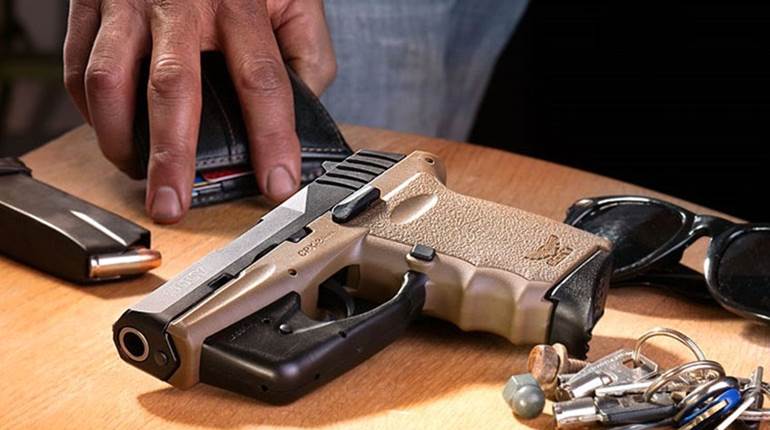
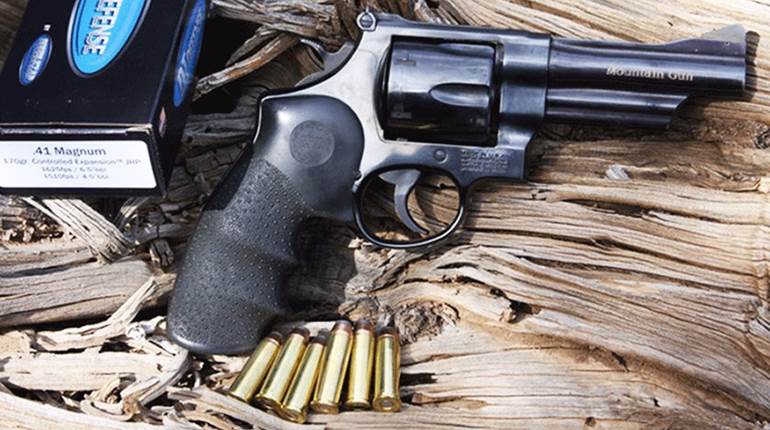
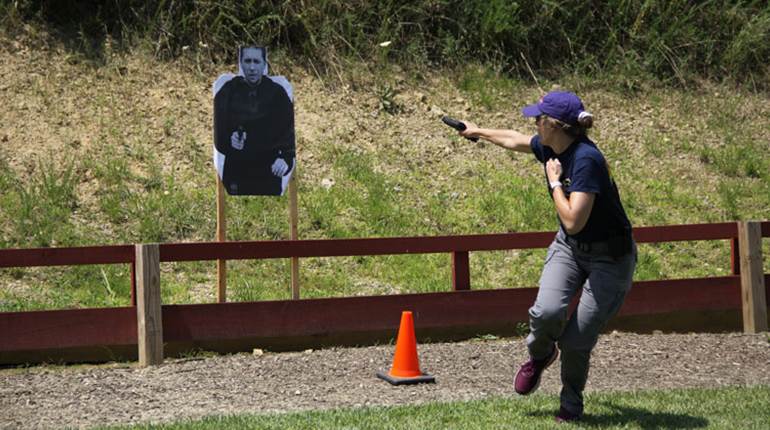

![Winchester Comm[94]](/media/1mleusmd/winchester-comm-94.jpg?anchor=center&mode=crop&width=770&height=430&rnd=134090756537800000&quality=60)
![Winchester Comm[94]](/media/1mleusmd/winchester-comm-94.jpg?anchor=center&mode=crop&width=150&height=150&rnd=134090756537800000&quality=60)

